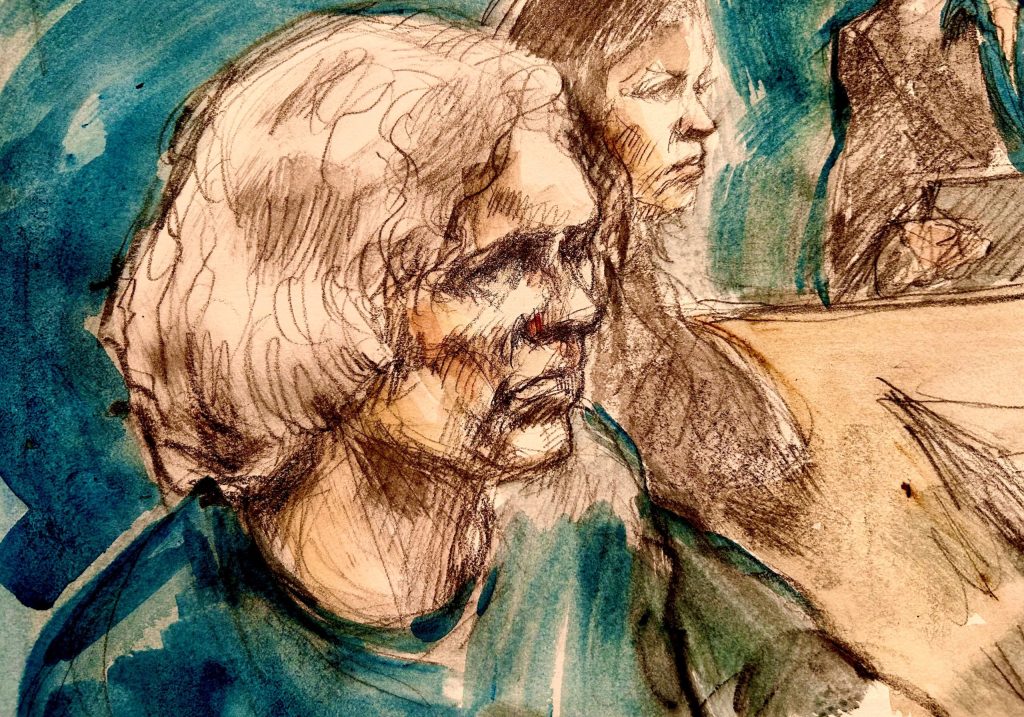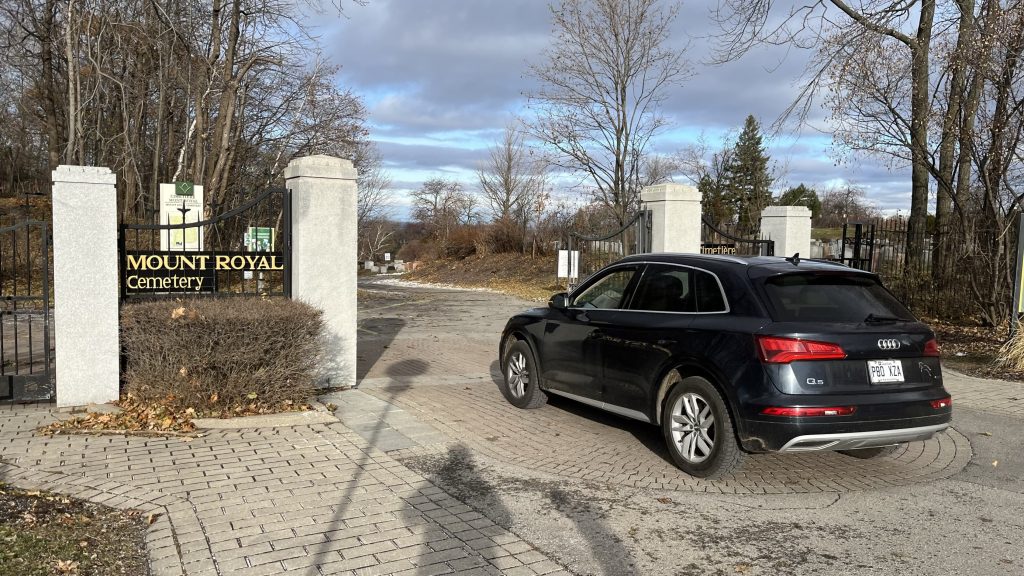Dr. Clown’s foundation pairs up with palliative care patients in Montreal

Posted November 6, 2024 3:53 pm.
The St-Raphaël Palliative Care Home and Day Centre and the Dr. Clown Foundation recently announced a new collaboration to explore the therapeutic potential of clowns towards palliative care.
Although its artists are associated with sick children, this suggestion by the Dr. Clown Foundation into palliative care is not necessarily new, said co-founder Melissa Holland.
“We have always operated in CHSLDs with the elderly, so we have experienced several moments of palliative care and end of life care for people who live in long-term care settings,” she explained.
Two artists from the foundation wanted to “refine this moment of life that is really distinct” with someone who has cognitive loss or is in an institution.
“What is special about this reality? Is there something else that the clown can aim towards,” said Holland.
In 2018, the organization conducted a pilot project with people who were dying in CHSLDs, which then led to the deployment of artists from the Dr. Clown Foundation in different establishments.
Dr. Clown’s therapeutic clowns visited the beneficiaries of Maison St-Raphaël for the first time in October 2024, and their biweekly visits will continue until June 2025.
Maison St-Raphaël joins the Jewish General Hospital, Mount Sinai Hospital and Marie-Clarac Hospital that were visited by therapeutic clowns in Montreal.
“It was definitely something that interested and intrigued us,” said Véronique Després, therapeutic services director at Maison St-Raphaël. “When the Dr. Clown Foundation approached us, we were really interested in trying the experience.”
A different approach
It’s one thing to connect with a sick child who, even they aren’t doing so well, has a good chance of coming home one day, Holland said.
It’s quite another to experience with an adult whose days are numbered.
“It’s an almost sacred moment,” she said. “We’re always sensitive to the reality of the end of life. When we knock on the door and ask if we can come in, we’re very aware that a refusal is also okay, that it’s not a good time. We don’t insist.”
Holland added that the foundation’s clowns do not show up on site dressed up in costumes, wearing huge wigs and heavy makeup. “We are dressed as travelers, as if we were accompanying people who are going on the greatest journey of their lives,” she said.
Clown intervention in a palliative care context “can make a big difference and even gives rise to unforgettable moments,” said Després. “We observe something playful, and even poetic, in their intervention with clients. People often think that palliative care is a sad and dark environment, but we can laugh, even at the end of life. I would even say that there is room for joy, and I think that the clowns’ intervention brings that too.”
She added that a hospice “is a living environment.” Just seeing clowns in the hallways or in the dining room “has a very significant impact on the team.”
Towards the end of a patient’s life is an important moment that can’t be summed up by the doctor who arrives with medication or the nurse who comes to provide comfort care said Després
“It takes an interdisciplinary approach. You have to imagine a guitar with several strings, and each string is important to play a melody. The clowns will be a new string on our guitar.”
–This report by La Presse Canadienne was translated by CityNews








